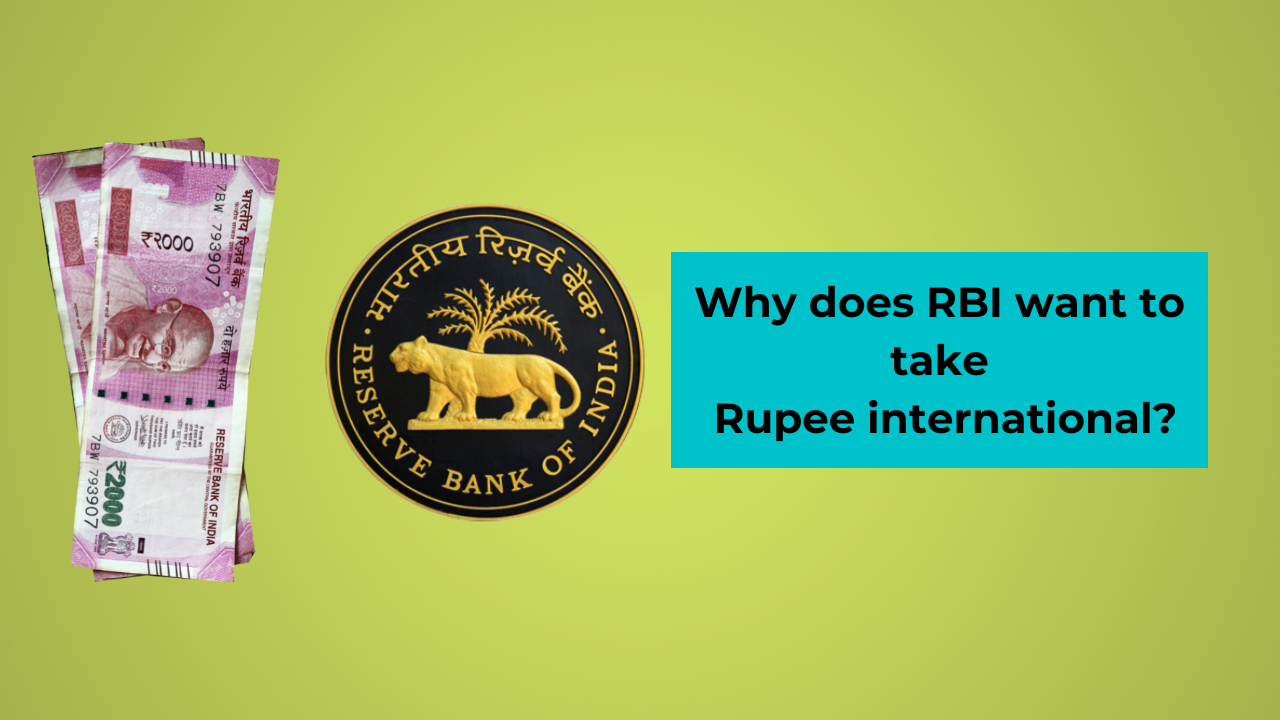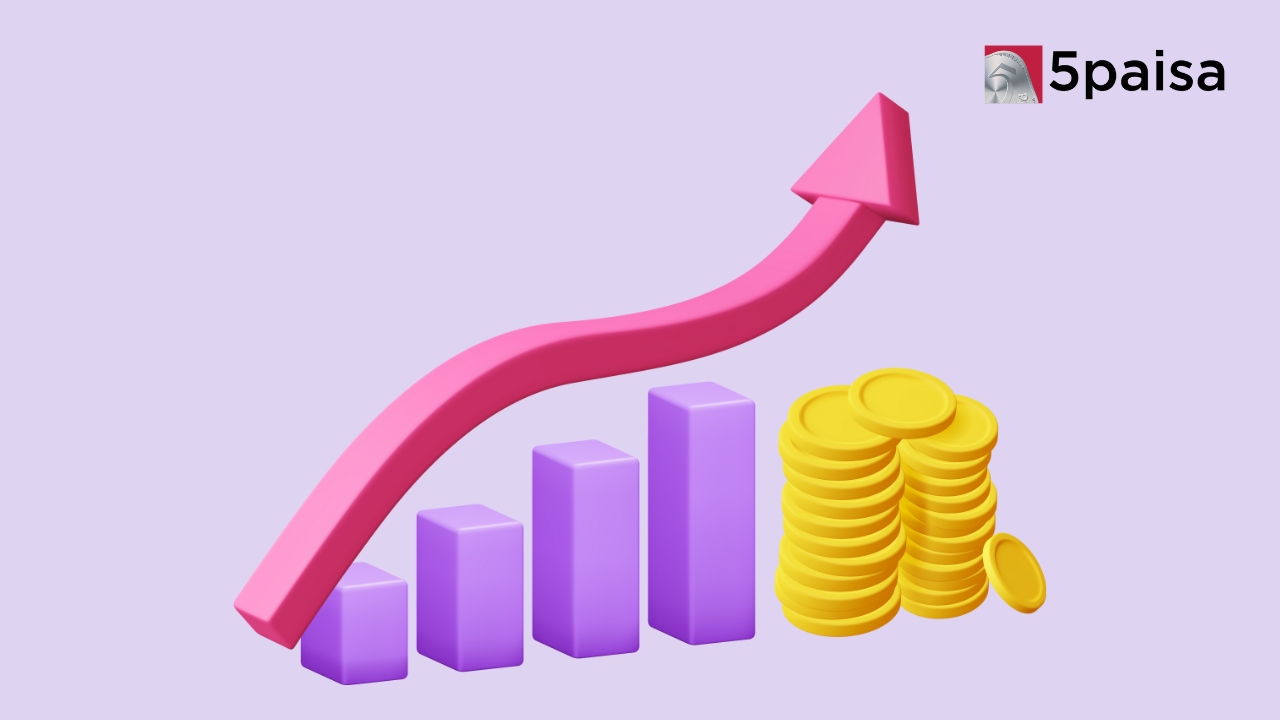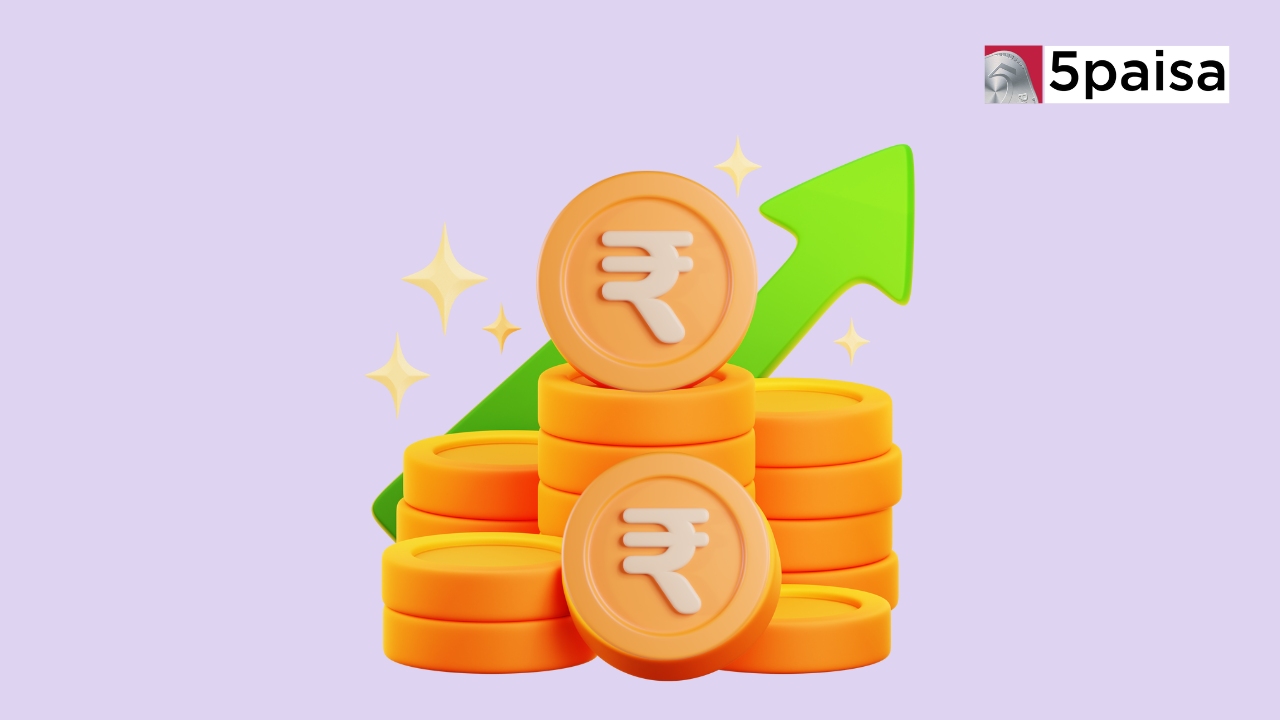Why does RBI want to take Rupee international?

Last Updated: 13th December 2022 - 07:26 pm
Back in the 1900s, majority of the countries pegged their currency to gold, because at that time since there was no standard mechanism for valuing a currency, most countries paid for imports in gold.
Then came World War I, US was the largest supplier of weapons to most countries and these countries paid for it with gold. After the war, the US had the largest gold reserves in the world and consequently had the most valuable currency.
Most countries that participated in the war had depleted their reserves, and some did not have any reserves, so all of these countries called for a meeting in 1944, and in this meeting, they decided that global currencies would not be pegged to gold, but rather to the US dollar, which was most powerful currency at that time.
Now today more than 70% of the trade globally happens with the US dollar, it is because the dollar is the most powerful currency and everyone knows that it is kind of a stable currency and they have reserves to back it and that’s why it is the most accepted currency in the world.
But now RBI wants to change things a bit, it wants to take Rupee international and wants it to be accepted in other countries just like the dollar.
Recently RBI came up with a guideline, which said that International trades can now be settled in Indian Rupee, which means that if someone wants to import something, they can pay the other country rupees, similarly, if someone wants to export a product, another country can pay in rupees.
How will it take place?
Traditionally, international transactions are facilitated by US banks. Almost all international transactions happen through banks in the US because USD can only be held in US banks. Say, if a person wants to import a product from china, then he’ll get the US bank details of the person and then pay ask its own bank to convert the rupees to dollars and pay the US bank.
After the new guidelines trades would take place with the Indian Rupee.
Assume an Indian textile owner wants to import cloth from a Chinese company.
- Indian importer pays, say 10 million INR to its bank and tells it to transfer it to the Vostro account of a Chinese bank.
- The Chinese bank, would then convert it to Yuan using the exchange rate, let's say 1 Yuan = 2 INR
- The Chinese exporter gets 5 million Yuan in his account.
Now you may be thinking, that how can they give Yuan when they had INR, well they can print the money and use the INR to settle other trades.
Let’s say a Chinese chemical company needs to import chemicals from India.
- The Chinese company tells its bank to pay 3 million INR to the bank account of the Indian company.
- Chinese company pays around 1.5 million Yuan to the bank, the bank takes the Yuan and pays the INR that it had in ints Vostro account.
What led to this move?
Well, Since the dollar is the strongest currency, the US holds a lot of power, and using this power sometimes restricts certain countries from using their dollar deposits. Just like they did with Russia. After Russia invaded Ukraine, the US barred Russia from using its dollar deposits in US banks, as a result, Russia couldn’t trade using the dollar.
But, Russia is one of the largest oil producers, and with these sanctions, the exporter there could not sell their oil, so they started selling it dirt cheap.
Now India wanted to buy oil from Russia because you see we are a country with a fiscal deficit which means we buy more than we sell to other countries, so to keep up with our depleting foreign reserves, India bought oil from Russia but they did the transaction in Rubles.
A similar incident happened with Iran as well, where in RBI tweaked the rules to trade with it.
The move by the RBI would reduce the outflow of US dollars and boost demand for the rupee. This would give the central bank in conserving the dollars and deploying its forex reserves to keep the rupee stable.
But the question is why would a country trade in Indian rupee? Because you see if they trade in dollars, they could pile up more of them in reserves and could use it to trade since it is the most accepted currency.
It is just like two people using a barter system now when they could exchange things for currency!
One reason, why countries could do so is because of the rising dollar. The value of most currencies against the dollar has plunged recently, so trading in Rupees could decrease the prices a bit.
Now, it only sense for countries to trade in Rupee, when they trade deficit with India. Because say, we buy goods worth Rs. 150 from China, and we sell them goods worth Rs. 50, then China is left with a surplus of Rs. 100, which it cannot put to any use.
For example, in 2021-22, China had a $73 billion trade surplus with India, which means that Indian imports from China exceeded Indian exports to China by $73 billion.
So, If China traded with India in rupees, it would have $73 billion (approximately 5.77 lakh crore) in Indian rupees sitting idle in its Rupee Vostro accounts with an Indian bank.
Clearly, it is not something China would do, international trade settlement in Rupee only makes sense for countries that import more than they export to India.
- Flat ₹20 Brokerage
- Next-gen Trading
- Advance Charting
- Actionable Ideas
Trending on 5paisa
Indian Stock Market Related Articles
Disclaimer: Investment in securities market are subject to market risks, read all the related documents carefully before investing. For detailed disclaimer please Click here.
 5paisa Research Team
5paisa Research Team
 Sachin Gupta
Sachin Gupta




